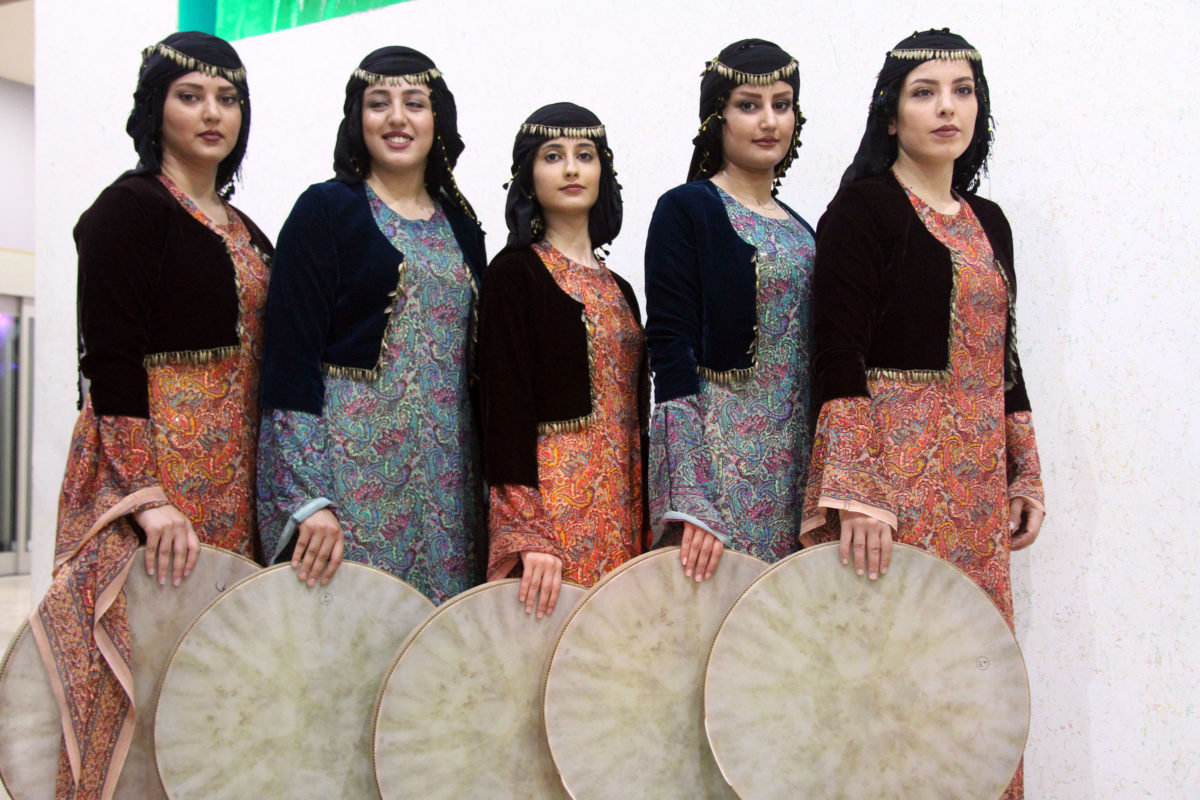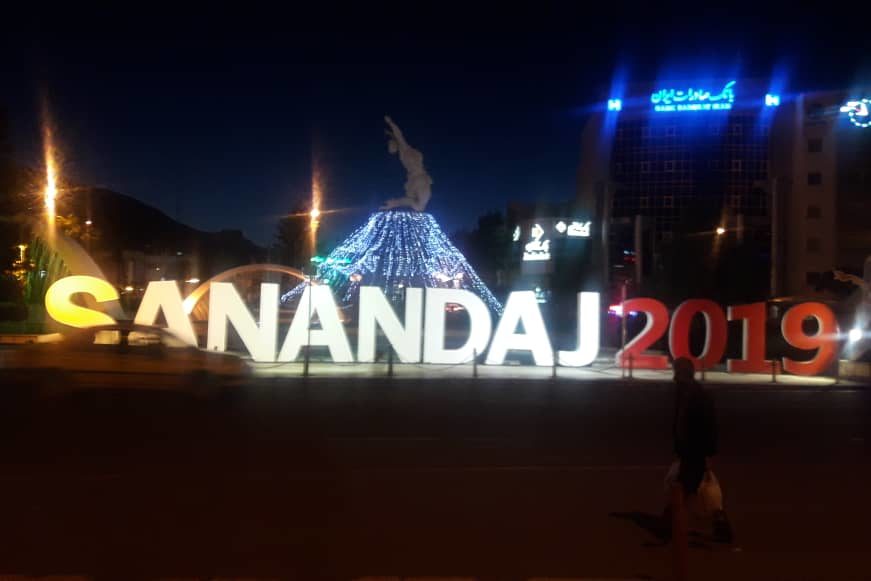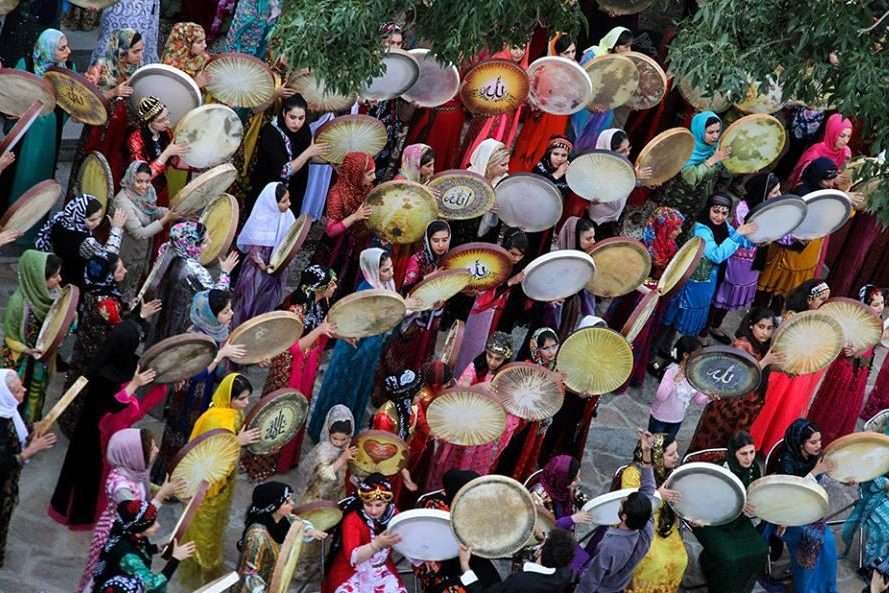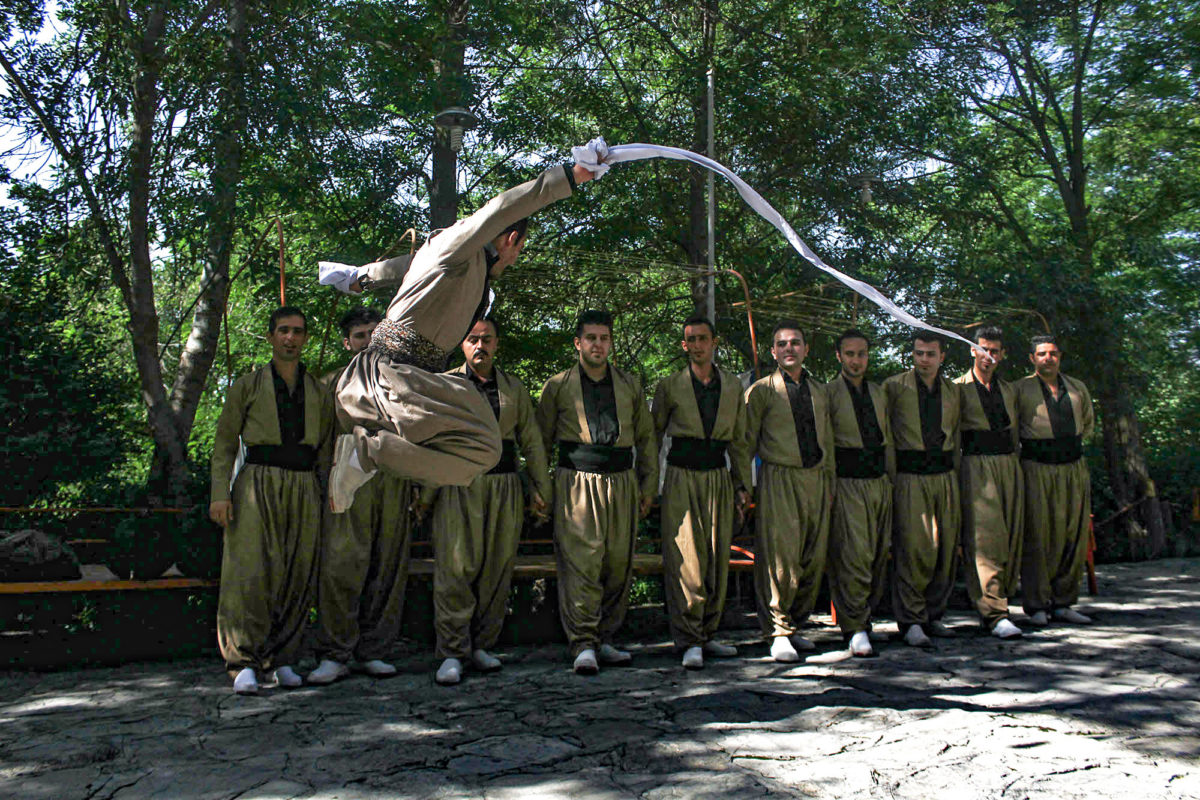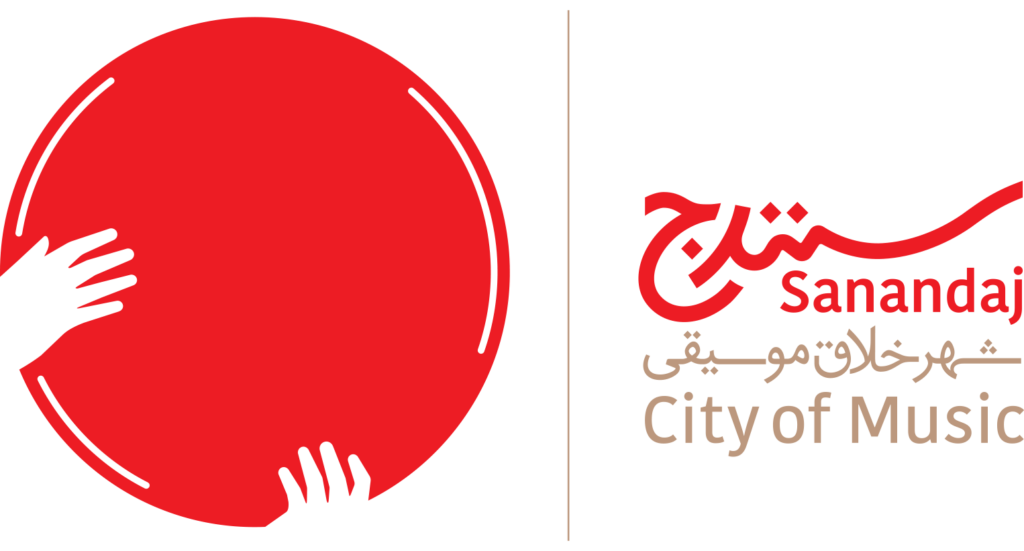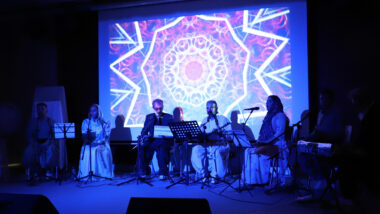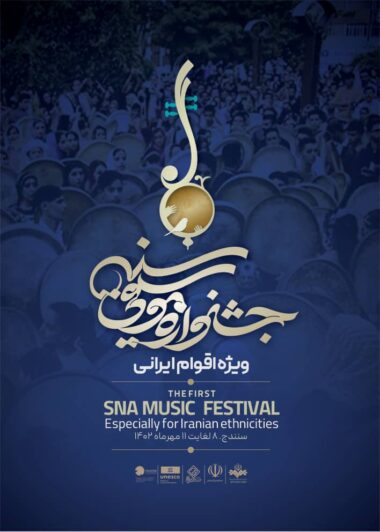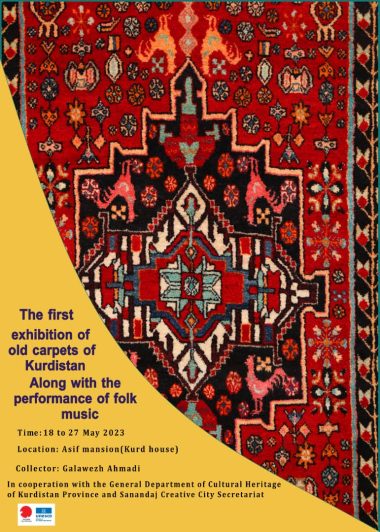Sanandaj
Iran
UNESCO City of Music
since 2019
Sanandaj the capital of Kurdistan province is the cultural capital of the Kurdistan. With a population of around 500000 in 2016 it is the second most populated Kurdish city of Iran. Some ancient works found in this historic city date back to 6000 years ago.
About 400 years ago Sanandaj was the centre of Ardalan rule the longest and most powerful local government of Kurds in history. Some very picturesque and historic monuments of the past history of this city have been preserved. Sanandaj has a long history of peaceful coexistence of different religions and deep-rooted cultural tolerance. The city has an area of about 2906 Km2 and is located in the middle reaches of Zagros mountains and plains in western Iran. Sanandaj is an immigrant city and most of its population is in the service sector. In addition handicrafts – including the making of musical instruments – and in villages around the city livestock and crop production are prevalent.
The city is administered by a City Council with members elected by direct vote for 4 years. The Municipality is responsible for implementing the Council’s decisions in urban management. The shared strategy of the authorities and the people is to move towards investing in and development of music and its related arts. For various reasons Sanandaj is less known globally and its designation as a Creative City of Music will be an opportunity to introduce the city’s potentials to the world and will contribute to its development.
Vision: Our vision for the city of Sanandaj is to use culture, creativity and music as a factor for the development and strengthening of social capital.
Areas of action:
The objectives of UNESCO Creative Cities Network are implemented both at the level of the member cities at the international level, notably through the following areas of action:
- sharing experiences, knowledge and best practices;
- pilot projects, partnerships and initiatives associating the public and private sectors, and civil
- professional and artistic exchange programs and networks;
- studies, research and evaluations on the experience of the Creative Cities;
- policies and measures for sustainable urban development;
- communication and awareness raising activities.


